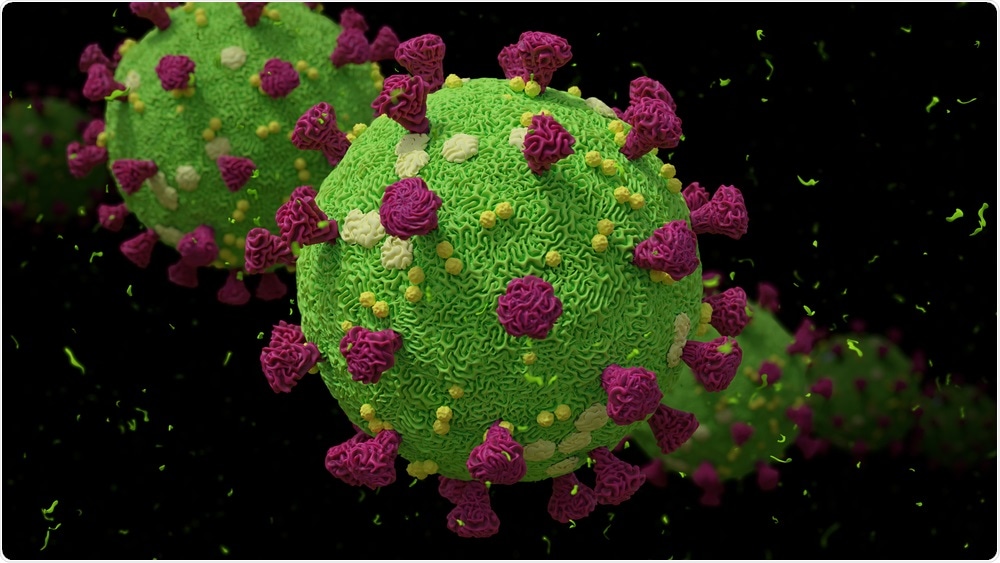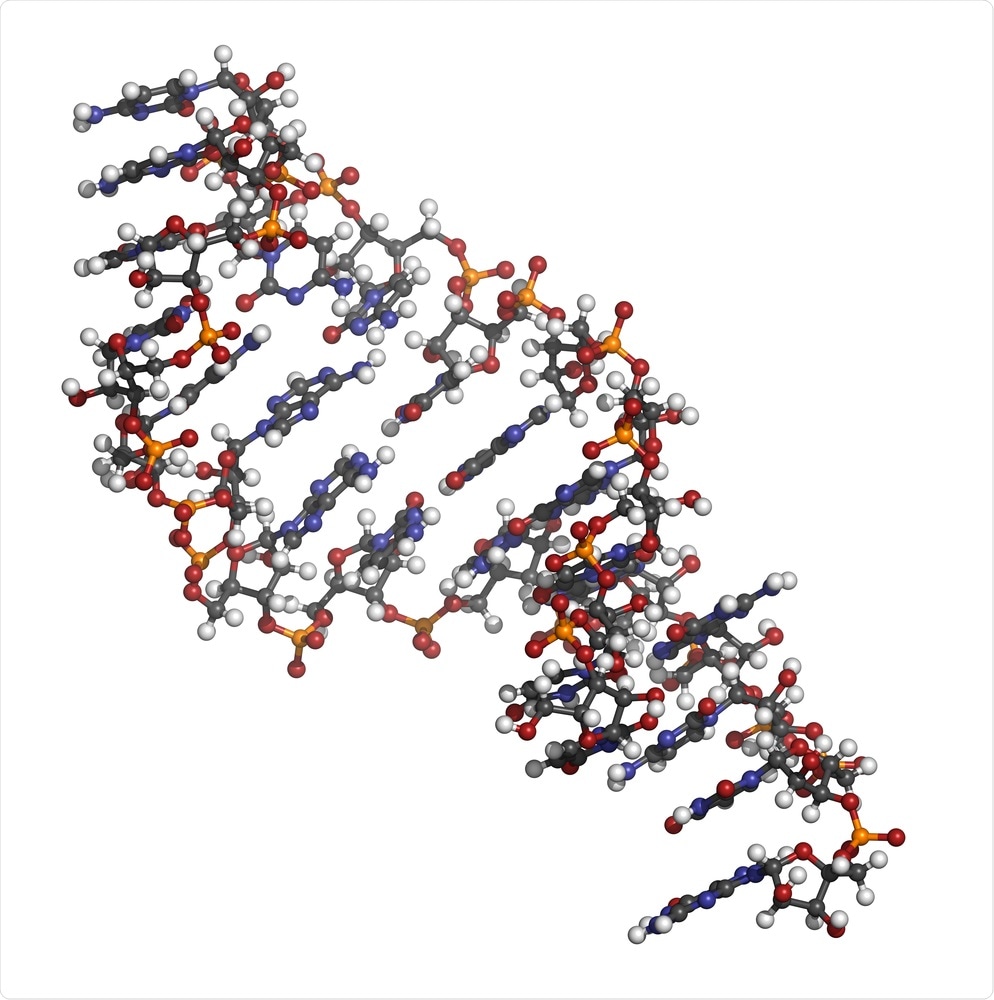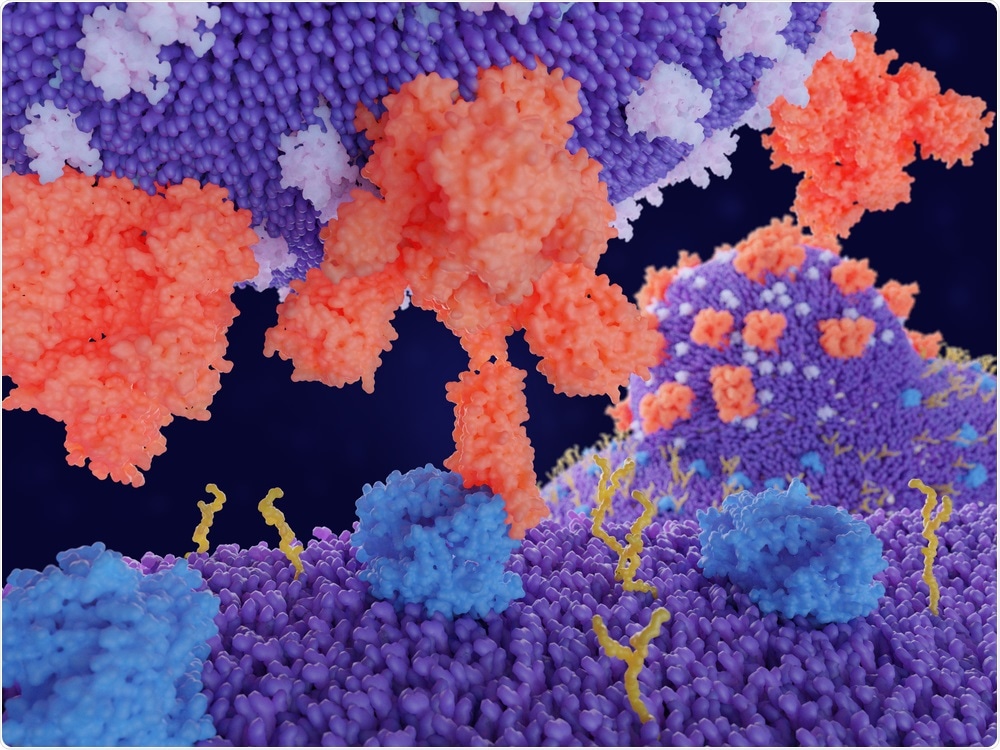In this interview, News-Medical speaks to Stepan Nersisyan about his research efforts during the COVID-19 pandemic, and his discovery of a molecule that could replicate SARS-CoV-2.
Why did you choose to research viruses and their replication?
One of the main research directions of our team is the analysis of miRNA-mediated interactions. Since there are diverse interaction types within virus-host interplay, we have decided to analyze possible interactions for SARS-CoV-2 and other coronaviruses.
Indeed, this is very important in the context of an ongoing pandemic.

Image Credit: Dotted Yeti/Shutterstock.com
What are microRNAs?
MicroRNAs (usually abbreviated as miRNAs) are small RNAs that are produced in many mammalian cells. Opposed to messenger RNAs (mRNAs), miRNAs do not encode proteins: one of their main functions is the regulation of gene expression.
Briefly, miRNA binds mRNA of target genes promoting its degradation or repression of its translation. One miRNA can have dozens of target genes, while a gene can be regulated by hundreds of miRNAs.
Can you describe the relationship between microRNAs and viruses?
There are multiple interaction types between miRNAs and viruses. Firstly, some viruses (predominantly DNA viruses) encode miRNAs, for example, Epstein-Barr virus. These miRNAs can have distinct functions or just mimic cellular miRNAs. Secondly, some viruses can up- or down-regulate the expression of cellular miRNAs to evade an immune response.
Finally, cellular miRNAs can bind to viral RNA, which can be a double-edged sword. On the one hand, miRNA can completely destroy viral RNA, while on the other hand miRNA can just slow-down replication of the virus. The latter might be useful for the virus to evade a fast-immune response.

Image Credit: StudioMolekuul/Shutterstock.com
Why is slow replication beneficial for viruses during the early stages of infection?
The main aim of the virus at the first stage of infection is to maximally spread in host cells. Only after a sufficient amount of “pre-infected” cells can the virus start the main phase of its replication.
If the immune system can detect this in the early stages, it will be much easier to eliminate infected cells and stop the infection.
How do some viruses accumulate host miRNA bindings sites? What are the benefits of this for a virus?
Accumulation of binding sites is an evolutionary process. Briefly, every replicated virus can carry its profile of mutations. If these mutations will occur in miRNA binding sites, this virus will not be able to use the benefits of miRNA-mediated replication slow-down and probably will not survive.
In your research, you detected cell miRNAs that are able to bind to coronavirus genomes. Please can you describe how you carried out your research that led to this discovery?
Our research was conducted in a bioinformatical framework. Using miRNA target prediction tools, we found miRNAs with extremely high probabilities of viral RNA binding.
After, we performed conservativity analysis of binding sites, i.e. calculated mutation rates for each of the viruses and its binding sites.
Finally, we analyzed the results of miRNA sequencing performed by Peng et al. (https://doi.org/10.1128/mBio.00198-11) and Morales et al. (https://doi.org/10.1016/j.chom.2017.01.015) for mice lungs infected by SARS-CoV. Here, we found that miRNA miR-21-3p expression is 8-fold up-regulated in infected mice.
How could your research help us in further understanding SARS-CoV-2?
We believe that various interactions of cellular miRNAs and viruses can uncover hidden mechanisms of coronavirus infection.

Image Credit: Juan Gaertner/Shutterstock.com
Do you believe that if we can further understand the MiRNA hsa-miR-21-3p binding site, we could potentially eliminate this and help to control the replication of SARS-CoV-2?
This is a very complex issue that can be addressed exclusively by thorough experiments. From the viewpoint of bioinformatics, it is quite likely to happen.
What are the next steps in your research?
The most logical continuation of our research in this field is to experimentally validate interactions found. This should be done both in vitro and in vivo.
Where can readers find more information?
About Stepan Nersisyan
Researcher at the Faculty of Biology and Biotechnology, HSE University. 
His main topics of interest are miRNAs, transcriptomics, and applications of machine learning and applied statistics in biomedical research.